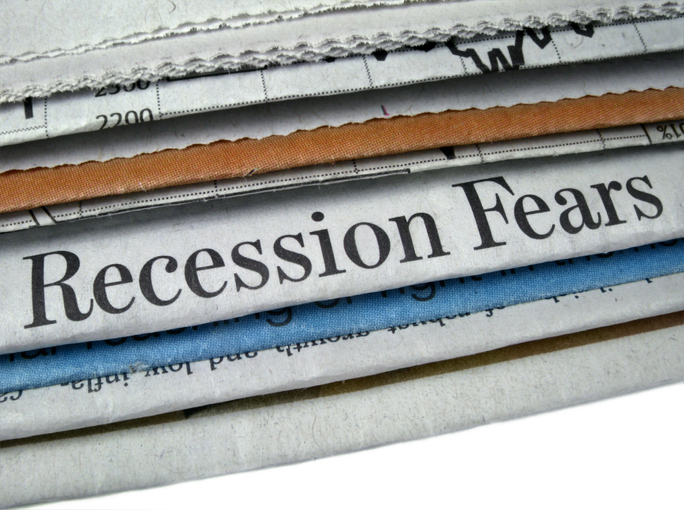2018: The Year of Living Dangerously
The comments above & below is an edited and abridged synopsis of an article by Jim Rickards
Between 2008 and 2017 the combined balance sheets of the central banks of the US, Japan and the Eurozone expanded by $8.3 trillion, while nominal GDP in those same economies expanded $2.1 trillion. Stocks, bonds, emerging-market debt and real estate have all been pumped up by money printing.
 This year is when the central banks stop printing and take away the punch bowl.
This year is when the central banks stop printing and take away the punch bowl.
The Fed is already destroying money (they do this by not rolling over maturing bonds). By the end of 2018, the annual pace of money destruction will be $600 billion.
All of the major central banks are planning rate hikes, and the US and UK are actually implementing them.
Reducing money supply and raising interest rates might be the right policy if price inflation were out of control, but prices are actually falling. This will not be a soft landing.
Today the Fed’s balance sheet is $4 trillion. If a panic started tomorrow, the Fed’s capacity to cut rates is only 1.25% and its capacity to expand the balance sheet is nil, because it would be pushing the outer limits of an invisible confidence boundary.
This conundrum of how central banks unwind easy money without causing a recession (or worse) is just one part of a risky mosaic.
Biggest winners: corporations and billionaires. Biggest loser: the US economy. The tax bill will add $2 trillion or more to the deficit, something the US can ill afford.
A wave of emerging-market defaults is coming, with spillover effects in developed economies. This will be worse than the Latin American defaults of the 1980s and the Asian-Russia defaults of the late 1990s. It will emerge from Turkey and Venezuela, but won’t stop there.
A war is coming between the US and North Korea. The best case is that the US wins; the worst case is World War III, when China, Russia and Japan are drawn in due to unforeseen consequences.

